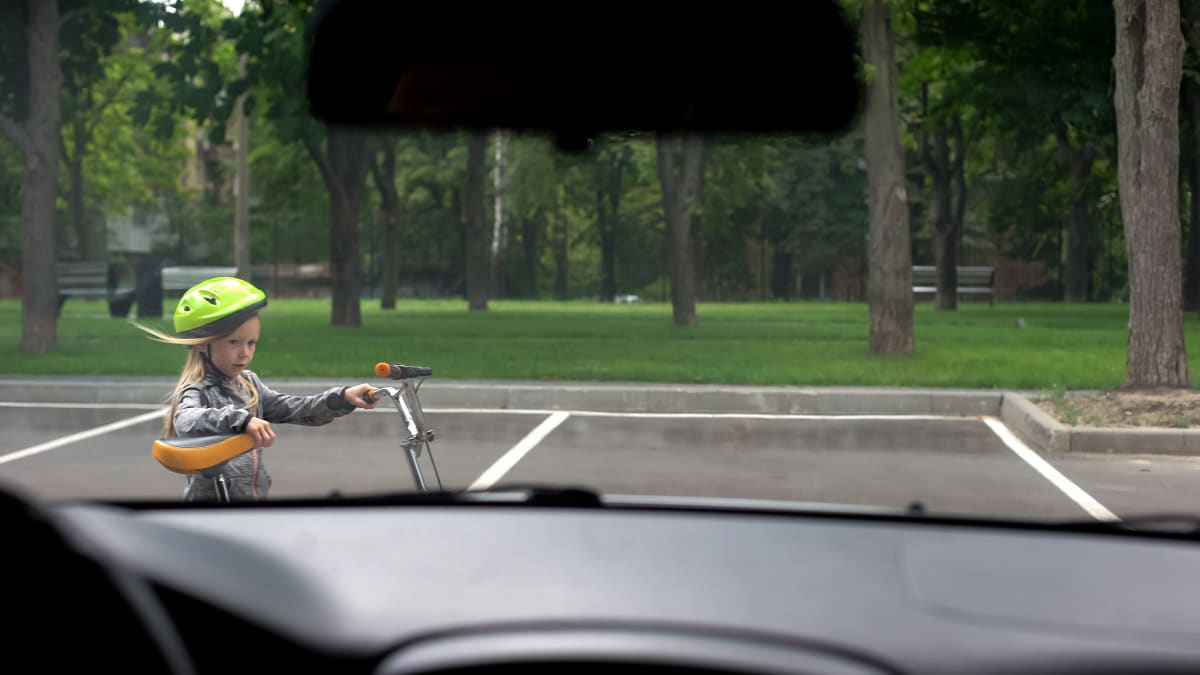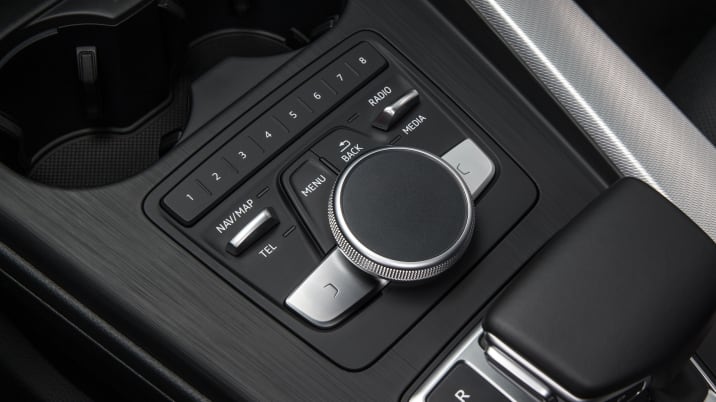Car crash death rates get increasingly high as population density drops, fueled in part by lower seat belt use in the remotest rural areas, a U.S. study suggests.
“We already knew that death rates were higher and seat belt use was lower in rural versus urban areas,” said lead study author Laurie Beck, of the U.S. Centers for Disease Control and Prevention (CDC) in Atlanta. “This study expanded those findings to show that, even within rural areas, there are differences in passenger-vehicle occupant death rates and seat belt use,” Beck said by email.
Car crashes are a leading cause of death nationwide, CDC researchers note in the Morbidity and Mortality Weekly Report. While collisions are more common on urban roads, fatalities occur more often in rural regions. For the study, CDC researchers examined data based on six categories of population density from the most metropolitan, with at least 1 million city residents, to the most rural, with fewer than 2,500 residents living in urban communities.
Passenger vehicles included cars, light trucks, vans and sport utility vehicles. Crash deaths focused on adults 18 or older, and excluded younger passengers. Even within the primarily urban Northeast, crash death rates ranged from 3.5 fatalities for every 100,000 people in the most urban counties to 10.8 deaths for every 100,000 people in counties with fewer than 20,000 residents in metropolitan areas.
In the South, where more people live outside big cities, crash death rates ranged from 6.8 fatalities for every 100,000 people in the most urban areas to 29.2 deaths for every 100,000 people in the least urban areas, with less than 2,500 residents in urban communities. Seatbelt use ranged from about 89 percent in the most urban counties to slightly less than 75 percent in the most urban counties.
Researchers also looked at how crash death rates changed based on whether states had so-called primary seat belt laws – which allow traffic stops just for failure to wear seat belts – or what’s known as secondary seat belt laws, which permit tickets only in conjunction with other violations.
Even in Northeast states with primary seat belt laws, crash death rates were lower in cities and highest in rural communities. Among all states with primary seat belt laws nationwide, overall crash death rates were lowest in the Northeast at 3.9 fatalities for every 100,000 people and highest in the South with 10.9 deaths for every 100,000 people.
One limitation of the study is that researchers calculated crash-death rates based on where the victim lived, not where the collision occurred, the authors note. This might have underestimated the difference in fatalities between urban and rural areas because drivers who travel across different regions are more likely to head from small towns to big cities, the authors point out.
Still, lower seat belt use in rural areas clearly contributes to higher death rates, said Dr. Jacob Sunshine, a researcher at the University of Washington in Seattle who wasn’t involved in the study. “Other potential contributing factors include higher speeds that are readily achieved in rural areas compared to urban areas; increased per-capita levels of impaired driving; and less proximity to designated trauma centers following traumatic injuries sustained in a motor vehicle crash,” Sunshine said by email.
Lower wages and higher unemployment in some rural communities might also mean more people are driving older cars with fewer safety features to prevent fatalities in a crash, Sunshine added. But the study also shows that stricter seat belt laws can make a difference, especially with more stringent enforcement, he said.
“Seat belts are proven to save lives and we should educate drivers and passengers about their benefits,” Sunshine said. “Laws are important too; enforcement needs to be a priority, particularly in rural areas.”
SOURCE: http://bit.ly/2xiNbKV CDC Morbidity and Mortality Weekly Report, online September 22, 2017.








You must be logged in to post a comment.